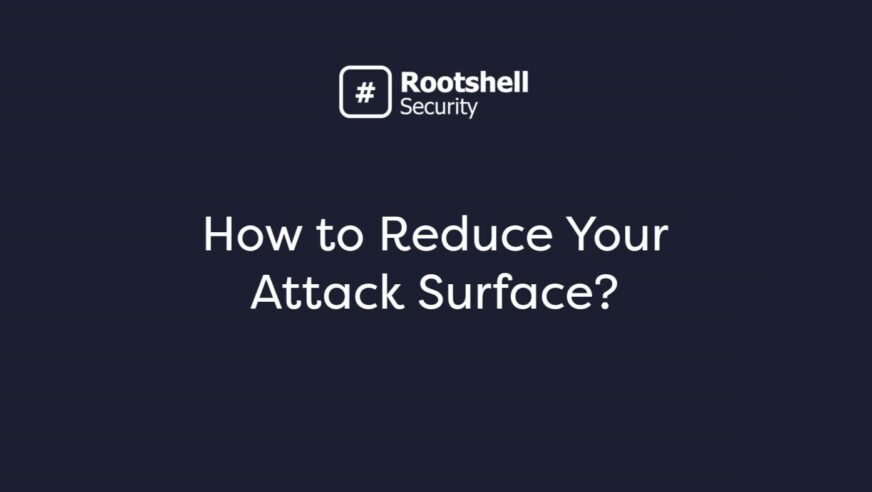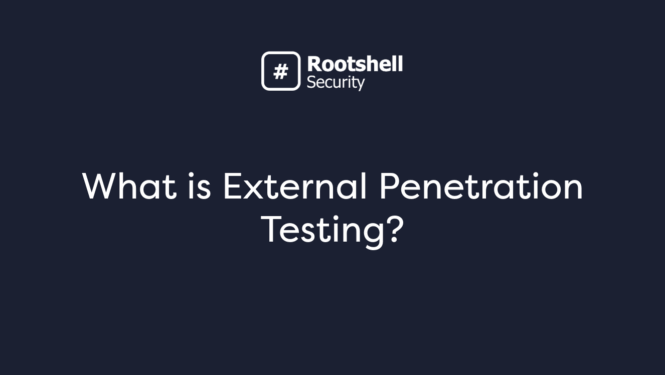An attack surface refers to all the places where someone (usually a hacker) could try to get into your system and steal data. These entry points, called attack vectors, could be anything from hardware and software to network connections. The more of these points you have, the more chances there are for someone to find a weak spot.
That’s why doing an attack surface analysis is a smart move. It helps you see where you’re most at risk and tighten your defences. With a clear security plan, you’re much less likely to deal with expensive data breaches or system issues.
What Is An Attack Vector?
In cybersecurity, an “attack vector” is essentially the route or method a hacker uses to break into a system and carry out a malicious attack. While you might assume there are only a few vectors in your environment, the reality is often quite different. Most organizations have dozens, if not hundreds, of possible entry points that attackers could exploit.
Attack Vector | Issue | Solution |
Unprotected Software | Weak spots are exposed by attackers. | Protect all API’s by using tokens, encryption, signatures, and other means to keep your organization protected. |
Open Network Ports | Unprotected ports can be entry points for attacks. | Conduct regular port scans and close unnecessary ports. |
Weak Authentication Mechanisms | Easy-to-guess passwords or a lack of multi-factor authentication (MFA). | Use strong password policies and implement MFA. |
Phishing Emails | Deceptive emails leading to credential theft or malware installation. | Provide employee training and deploy email filtering solutions. |
Insecure APIs | API’s without proper authentication and validation can be exploited. | Protect API’s with authentication, input validation, and regular security assessments. |
Insider Threats | Employees or contractors misusing access privileges. | Apply the principle of least privilege and monitor user activities. |
Every organization’s attack vectors are different, there’s no one-size-fits-all approach. A lot of vulnerabilities come from common weak points, such as misconfigurations, unprotected systems, and exposed development environments. Start by pinpointing where your most sensitive data is stored and make sure you have a strong, well-organized backup plan in place.
How to Carry Out An Attack Surface Analysis
An attack surface analysis helps you identify both current vulnerabilities and areas that could become risky in the future. While it won’t solve every issue immediately, it provides a clear roadmap of actions. Here’s how to carry out an attack surface analysis:
Map Out Vulnerabilities – Identify every point where data enters or exits your systems. This includes access points like login portals, password protection and encryption methods.
Classify User Types – Organize users by roles rather than individuals. Figure out what access each role needs and make sure permissions are granted based on necessity, not convenience.
Conduct a Risk Assessment – Identify the most exposed and frequently accessed parts of your systems and prioritize them for improvement. Use tools like penetration testing and vulnerability scans, which identify security weaknesses across systems and networks.
Evaluate Detection & Response – Review your current monitoring and incident response protocols. Can your team detect threats quickly? Is there a clear, actionable response plan in place? A strong detection and response strategy is as important as fixing known weaknesses.
In larger organizations, this process can take weeks or even months. Take the time to be as thorough as possible. The more you find and address, the stronger your system becomes. For a more in-depth look into how mapping and managing your attack surface differs from broader vulnerability management practices, read our breakdown of Attack Surface Management vs Vulnerability Management.
How to Reduce Your Attack Surface
To reduce your attack surface, you will need a multi-layered approach to your security. It needs technological defences and human awareness, each part playing a different role in protecting you from cyber threats. Here are some proven strategies to help protect your organization:
Zero Trust Model
Assume nothing, verify everything. A Zero Trust approach means that no user or device is trusted by default, even if they are inside the network perimeter. Every access request is verified and authenticated based on identity, location, and device health. Here’s how to begin implementing Zero Trust in your organisation:
- Maintain an up-to-date inventory of all assets and devices.
- Understand and map your network architecture.
- Identify existing security tools and evaluate their effectiveness.
- Establish strict access controls based on user roles and data sensitivity.
- Use multifactor authentication (MFA) wherever possible.
- Require device registration and verification before granting access.
Network Segmentation
Segment your network into isolated zones based on function, department, or data sensitivity. This limits movement, so if an attacker breaches one area, they cannot easily access others.
Update and Patch Systems
Keep all operating systems, applications, and security tools up to date by applying updates as soon as they become available. This helps close the gaps that attackers often target.
Strong Access Controls
Implement Role-Based Access Control (RBAC) and apply the principle of least privilege. Users should only have access to the data and systems necessary for their roles. Regularly evaluate user permissions and revoke access when roles change or employees leave the organisation.
Continuous Monitoring
Monitor your environment for threats and signs of compromise. Use security tools and logging to find vulnerabilities or unpermitted activity. Rootshell’s Continuous Attack Surface Management solutions can help you improve your security while reducing overall security costs.
Educate Employees
Human error remains one of the biggest cybersecurity risks. A 2024 report by IBM found that 95% of cybersecurity breaches result from human error, including actions like falling for phishing emails, using weak passwords, and mishandling sensitive data.
We recommend offering regular training sessions to help staff recognise and report phishing attempts, social engineering tactics, and suspicious behavior. To further strengthen your human firewall, consider a Phishing Assessment to gauge employee awareness of real-world phishing scenarios.
Secure Endpoints
Every device that connects to your network—laptops, smartphones, etc, represents a potential entry point for attackers. Install endpoint protection tools such as antivirus, EDR (Endpoint Detection and Response), and mobile device management (MDM). Make sure encryption is enabled and remote wipe capabilities are available for lost or stolen devices.
Government’s Role in Attack Surface Management
The Government play a big part in helping organizations protect themselves. Their data protection laws and national cybersecurity guidelines help protect businesses and push them to take security seriously.
1. Compliance Through Regulation
Legislation such as the General Data Protection Regulation (GDPR) in the EU, Cyber Essentials in the UK, and HIPAA in the US healthcare sector require organizations to adopt specific cybersecurity controls. These rules make companies take security seriously, from how they handle data to how quickly they report a breach, which naturally pushes them to find and fix weak spots in their systems.
2. Security Frameworks and Standards
Government bodies provide frameworks which offer clear guidance on risk assessment, access control and incident response. Many of these frameworks are voluntary, but in regulated industries, they’re becoming requirements.
3. Threat Intelligence and Public-Private Collaboration
Governments help keep businesses informed by sharing important cybersecurity updates. Agencies regularly send alerts about new threats, system weaknesses, and tips to stay safe.
4. Raising Awareness and Building a Cybersecurity Culture
Governments also invest in training, certifications, and awareness campaigns to help people get better at spotting and avoiding cyber threats. They help small businesses learn the basics and give the experts the tools to tackle more complex attacks. Their efforts work to build better habits and reduce the chances of human error across the board.
Is it Time to Strengthen Your Security?
Your attack surface changes all the time. With every new device added, every new user onboarded, and every service you plug into your systems, it changes and grows. The first step in protecting yourself is understanding what you’re working with. Once you know where your vulnerabilities lie, you can take real action. There’s no one-size-fits-all fix in cybersecurity.
The more you shrink your attack surface, the harder it is for threats to break through and the easier it becomes to protect your data and reputation. Ready to see where your biggest vulnerabilities lie? Book a demo with our experts at Rootshell Security and take the first step toward better protection.



